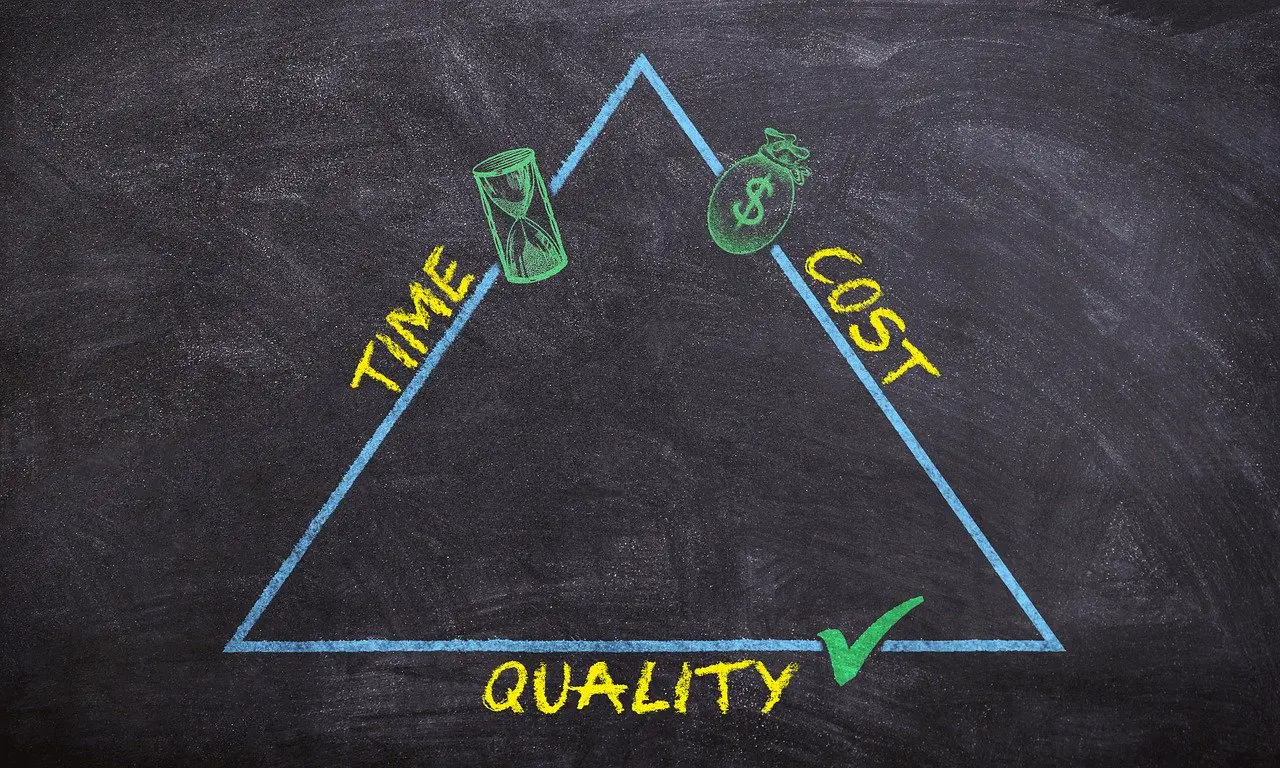Running a business with effective pricing strategies is of great importance. It is responsible for enhancing the level and speed of success in the competitive market.
Sagacious business management strategies are an essential part of the smooth business. A company comprises of a lot of business strategies which you must follow appropriately.
Business people strive hard to get a grip on the plans and to utilize them most effectively. It is ample to give wings to the business. Among all the business strategies, there exists a highly popular and brilliant strategy which is none other than optimal pricing strategy.
Firms having effective cost management run smoothly and let you generate significant revenue.
One of the most general concepts about product pricing is to set the high prices for the services or goods to get lead more profit. However, it is not true at all.
There are different types of strategies that let you set the prices. Such a policy is dependent on various factors such as the volume of products, premium pricing, etc. Increase your chances of success with the rationale use of these pricing strategies!
Types of pricing strategies
 Calculation of profits and markup is of keen significance for business. But setting the right charges for the products is even more critical.
Calculation of profits and markup is of keen significance for business. But setting the right charges for the products is even more critical.
With the use of price elasticity of demand calculator, businessmen can easily set the most appropriate prices for all of their inventory.
One must be aware of the buying capacity of customers and the willingness to spend a certain amount on the peculiar product.
When it comes to the marketing strategy, then pricing is of keen importance. It covers various aspects of the business.
There exist different types of pricing strategies.
Most common of these are:
- Penetration pricing
- Price skimming
- Competitive pricing
- Cost-plus pricing
Penetration pricing and price skimming
Penetration pricing is a long term strategy that you must decide as per the demands of the market. Setting the price is dependent on the competitive market.
Here, the firm chooses to initially set the price below so that people may buy the product. It helps them to grab the customer.
Later on, a firm decides to set the price high as per the competitive market.
On the contrary to this, price skimming is opposite to the penetration pricing strategy. In price skimming, the firm initially decides to set a high price for their products.
As time passes and the market evolves, the firm lowers down the price. Elasticity calculator is available 24/7 to access the pricing of products from the comfort of your couch.
Value-based pricing
The pricing of the products should be as per the value of the product. Setting a high price for ordinary products would inevitably lead to the low reputation of the firm.
Not only this, but people also would not like to spend their money on such high priced products which would cause diminished to no sales.
The entrepreneurs are using value-based pricing, and it ensures to provide the right direction to the business. Such pricing is as per the belief of the customer and defines the worth of the product.
Competitive pricing and cost-plus pricing
When it comes to competitive pricing, then it is the price of the product that your competitors charge for the same product.
It is about setting the product price as per the market price at which different competitors are already selling it. At the same time, cost-plus pricing is a different strategy for deciding the product price.
It generally based upon the calculation process, which is quite simple. Get to know about cost and markup. Later on, determine the product price as per its value.
Effective cost management
 Setting the price of the product and then remaining stick to it is of no value at all.
Setting the price of the product and then remaining stick to it is of no value at all.
Business is a name of persistent changes that are as per requirement.
Pricing is a significant aspect that demands constant switching. This switching should be according to the firm needs.
Managing the cost is a full-fledge task. The role of surveys is massively valuable.
The reviews and feedback aim to guide the product that which products are of extremes value and worth in the eyes of customers.
Moreover, it provides the idea of top running products as well as dead products. Change the price when the demand enhances.
Price elasticity of demand (PED)
Price elasticity of demand (PED) links the price with the demand for goods.
Changing the cost of the product would ultimately change the need for it in the market. It indicates the sensitiveness towards product prices.
Firms should analyze what would be the impact on sales and demand of goods when they change the cost of their service or goods, how the customers would respond to it, and would it increase or decrease the need for it in the market!
The relation between both of these parameters is direct. The change in one parameter would automatically affect the other.
Inverse relation defines it that as one parameter would increase, the other parameter would suffer from decline. Increasing the price would decrease product demand in the market.
Price elasticity determines the customer’s perspective regarding product value.
The formula for price elasticity of demand
PED can be of various types such as perfectly elastic, perfectly inelastic, inelastic demand, unit elastic or elastic demand.
In unit elastic demand, PED is known to be equal to 1. While having the value of it less than 1 depicts inelastic demand.
On the contrary to this, when the value for plastic elasticity of demand seems to be more than 1, then it is elastic demand.
PED is perfectly inelastic when its value is zero, and it is perfectly elastic when its value approaches infinity.
Estimation of price elasticity of demand is a bit risky when you utilize the manual approach for this. However, using the calculator-online tool price elasticity of demand calculator makes it flawless and smooth.
The basic principle on which this price elasticity of demand calculator works is the formula of it.
PED = Percentage change in QD / Percentage change in price
Here, PED indicates the price elasticity of demand while the QD represents quantity demanded.
The online approach ensures to provide accurate results in the wink of an eye. There is no specified limit to use this calculator and hence can be used as many times as you like.
Effective cost management is a piece of cake due to this fantastic calculator.
It would let you calculate PED as per percentage change formula, point elasticity method as well midpoint method for elasticity. It makes it a desirable calculator for estimation and prediction of revenue.
Economical and reliable tool for PED calculation
Price elasticity calculator is an economical electronic calculator which is available for free of cost.
It provides you with a prediction about price elasticity which makes the price-setting decision more feasible for you. One does not need to strive hard for accessing and using it.
There are some general fields mentioned on the calculator which you need to fill correctly. For using this calculator, you need to have the following values to be used:
- Initial quantity
- Initial price
- New quantity
- New price
Enter both of these values in the calculator and then set a new price and new quantity in it to determine how would it work. It would generate the results by clicking the calculator button. Super easy and quick.
You can calculate the price elasticity of demand for a plethora of products and check the responses for each product to make the right decision regarding it.
Keep on changing the values in the calculator until you get a satisfactory answer. Taking sagacious steps have become quite more comfortable with the use of this brilliant online tool.

Anna Steve is the accomplished writer; she is too conscious of writing about marketing/business stuff and always ready to includes the information that conveys her experience about the relevant stuff. She succinctly describes her publishing success and wants to provide stunning marketing strategies that help her clients increase brand awareness and much more.

